HES Teaching and Research Labs
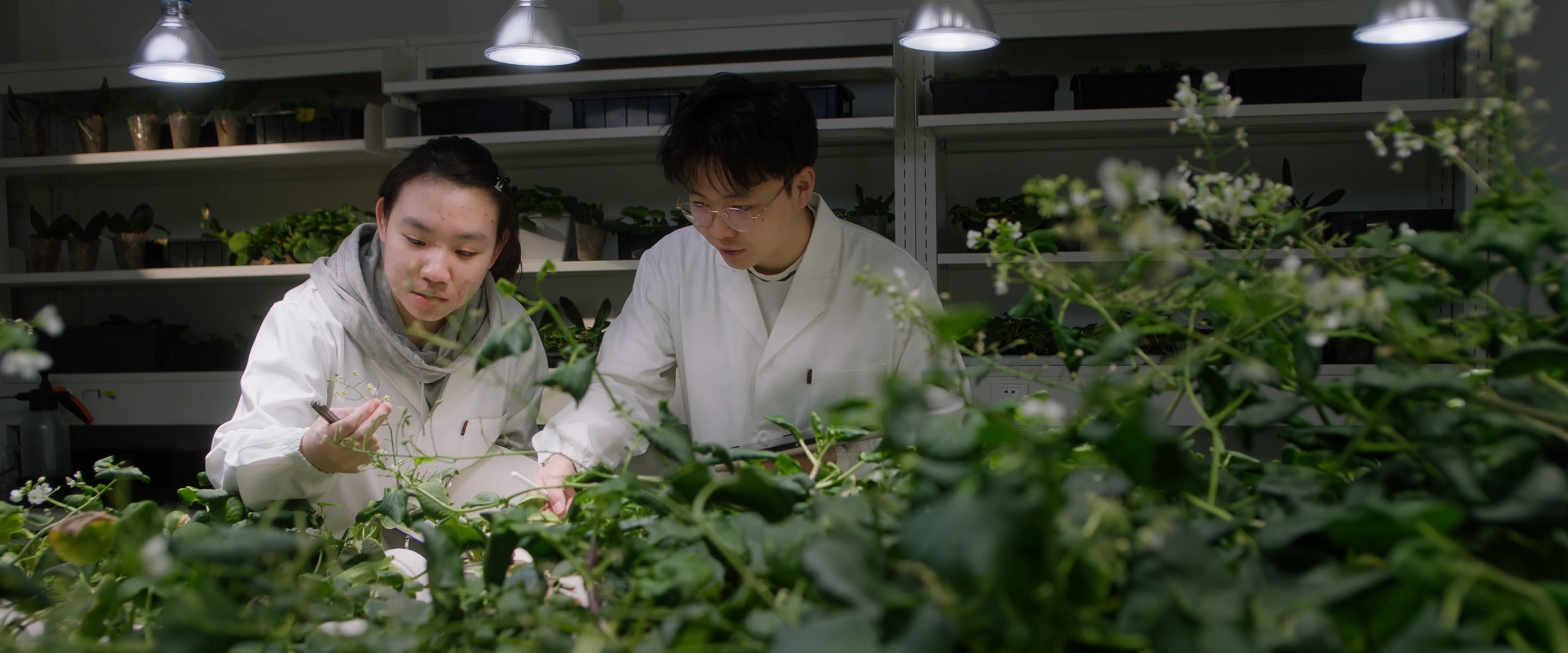
All

- About
-
Labs and Spaces
- BIO Teaching and Research Labs
- CHE Teaching and Research Labs
- HES Teaching and Research Labs
- Suzhou Key Labs - 苏州重点实验室
- International Joint Frontiers Materials Frontier Research Lab
- Selenium Innovation Lab
- Outdoor Research and Teaching Space
- Atmospheric Research and Teaching Observatory
- Sci-iGEM
- AI4Health Suzhou Key Laboratory
- Suzhou Municipal Key Lab of Neurobiology and Cell Signaling
- Yuefengdao Ecology Station
- Suzhou Municipal Key Lab of Biomedical Sciences & Translational Immunology
- Suzhou Municipal Key Lab for Metabolic Syndrome Drug Research
- Suzhou Municipal Key Laboratory of Cancer Biology and Chronic Diseases
- Research
- Advanced Materials Research Center (AMRC)
- Global Partnerships
- Contact



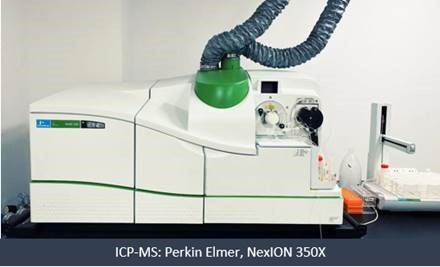
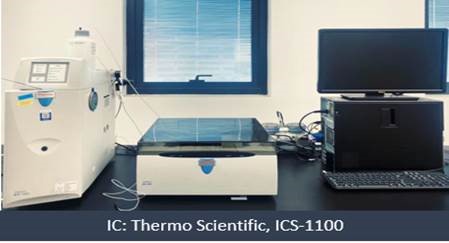
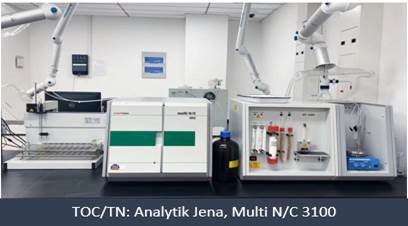
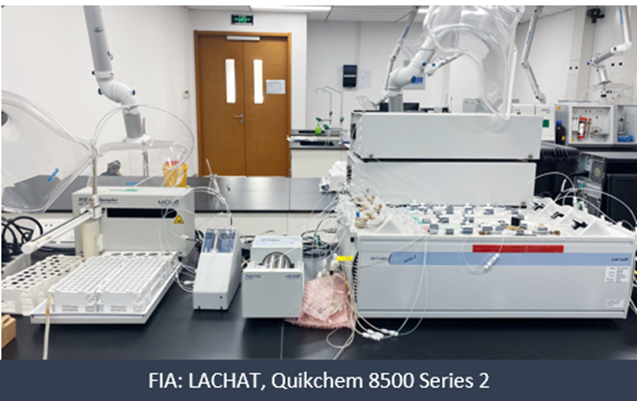
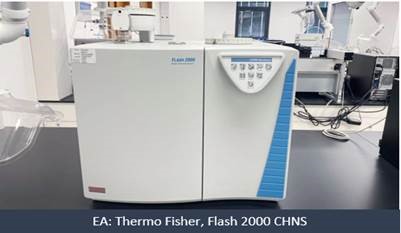
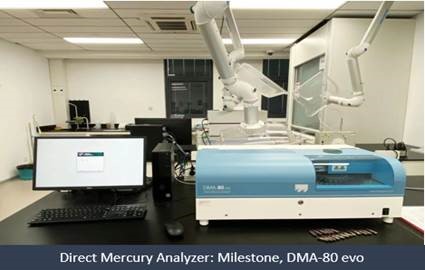

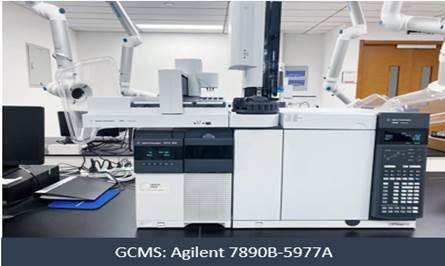
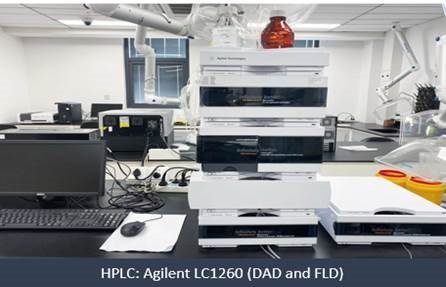
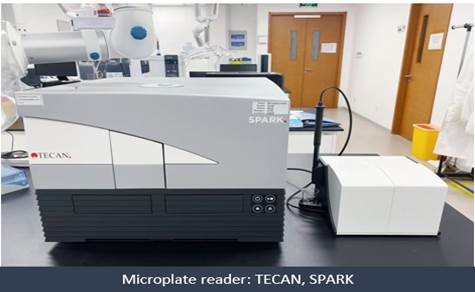
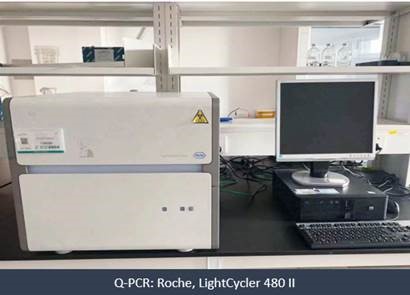
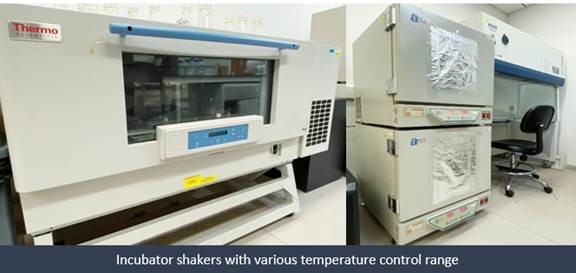
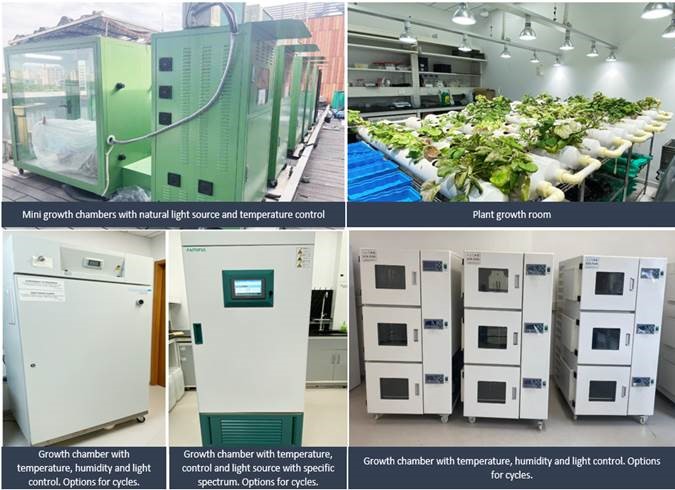
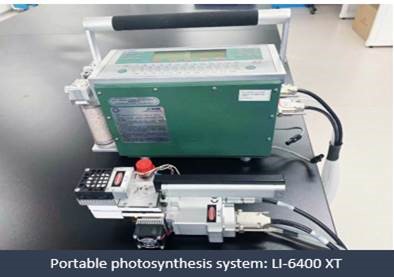
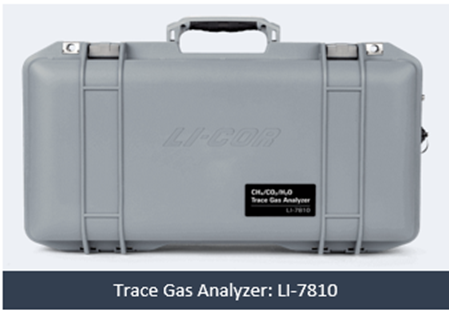



Health and environmental sciences (HES) laboratories locate in emerging sciences (ES) building, south campus of XJTLU, SIP. HES laboratories presently occupy around 1600 m2 of indoor shared laboratory space and over 1000 m2 of outdoor research space. The total value of instrument is up to 20 million. Each area has functional space for common equipment as well as PI-specific space. Researchers have access to state-of-the-art instrument. With top quality research facilities, strongly collaborative, learning, research and training atmosphere, make the possibility to focus on research that matters. Our wide range of instrumentation including but not limited to:
Analytical instrument
NexION 350X is a very robust ICPMS, mainly used in the analysis of trace and ultra-trace inorganic elements, widely used in geology, environment, metallurgy, biology, medicine, nuclear industry and other fields.
ICS-1100 equipped with high-tech double plunger high pressure pump, which can provide high precision, low drift and no pulsation eluent, ensure the stability of baseline and obtain extremely low detection limit. The small volume and high efficiency temperature control conductivity cell provides high sensitivity and stability. The fully automatic electrolytic suppressor provides lower noise, higher sensitivity and less daily maintenance. The instrument is mainly used to determine inorganic pollutants in samples. The pollutants measured include F–, Cl–, Br–, NO3–, SO42-, NO2–, PO43- anion.
ICPMS combined with IC (IC-ICPMS) form a power analytical tool for elemental speciation analysis.
Multi N/C 3100 processes aqueous samples for analysis of total carbon (TC), total organic carbon (TOC), total inorganic carbon (TIC), non-purgeable organic carbon (NPOC) and total nitrogen (TN) content. Also with solid modules, it could process solid samples for analysis to total carbon (TC) and total inorganic carbon (TIC). TOC measurement range: 0-30000 mg/L, and the detection limit is 4 μg/L; TN measurement range: 0-500 mg / L and the detection limit up to 50 μg/L.
QuickChem 8500 series 2 flow injection analyzer, equipment with five modules, total phosphorus, total nitrogen, nitrate/ nitrite, ammonia, ortho-phosphorus. The auto sampler could hold 180 samples and 10 standards at one time. According to the sample analysis process, the whole process analysis of each sample is automatically completed by computer software control. FIA owns comprehensive methods database for surface water, groundwater, seawater, sewage, soil, plants, fertilizers, fermentation process and detergent etc.
FLASH 2000 CHNS system consist with MAS200 auto sampler and Mettler XP6 microbalance (6.1g * 1 μg). This system delivers the ultimate in simplicity, precision, and cost effectiveness for any laboratory requiring the quantification of carbon, hydrogen, nitrogen, and sulfur. Analytical accuracy: C, H, N ≤ 0.3%, S ≤ 0.5% (absolute standard error);
DMA-80 has been at the forefront of direct total mercury analysis for almost two decades. It can analyze any matrix (solid, liquid or gas) without any pre-treatment or chemical additions in as few as 6 minutes. Equipped with an advanced catalyst tube and gold amalgamator to provide high-end performance, full mercury conversion, interference removal, and fast mercury release. These allow the DMA-80 evo to deliver fast and accurate results in a single measurement, providing symmetrical peaks and avoiding mercury overestimation or underestimation.
Used for qualitative and quantitative analysis of low boiling point and heat stable organic matter. It can realize multi-component simultaneous analysis with ultra-high sensitivity many fields. Equipped with valve injection, ideally tool for greenhouse gas analysis. Besides this, the sensitive ECD detector responds to electronegative compounds, especially chlorinated, fluorinated, or brominated molecules such as PCBs and pesticides.
The whole GC/MS system consist 16 vials injection tower and 150 vials injection tray as well, Masshunter software and NIST 2011 spectrum library. The effective combination of mass spectrometry and chromatography is used for qualitative and quantitative analysis of low boiling point and heat stable organic matter. It can realize multi-component simultaneous analysis with ultra-high sensitivity in many fields.
1260 infinity VL Quaternary pump with maximum pressure of 400 bar and built-in four channel degassing unit. The 1260 infinity column oven, with two separate heat modules, can preheat the solvent to 80 ℃; the 1260 infinity standard auto sampler adopts a flow through design with a maximum pressure of 600 bar, could house 100 sample vials. 1260 infinity fluorescence detector, suitable for multi wavelength detection, can collect excitation and emission spectra online. It is mainly used for separation, qualitative and quantitative analysis of organic compounds with high boiling point, difficult gasification and volatilization and poor thermal stability.
The configurations of SPARK instrument including options of fluorescence top standard, UV-VIS bottom, luminescence multi-color, cell counting and imaging and cell slide adapter. The Spark multimode microplate reader is designed to offer greater flexibility and increased productivity for cell biology and genomics customers. The application areas include ELISA, Low-volume DNA/RNA quantification, Nucleic acid labeling efficiency, Protein quantification, Reporter gene assays, HTRF®, Transcreener, DLR, BRET including NanoBRET, Cell counting and viability and so on.
LightCycler 480 II is a high-performance, medium- to high-throughput PCR platform (96-well plates) that provides various methods for gene detection, gene expression analysis, genetic variation analysis, and array data validation. The system features the instrument, a versatile, plate-based real-time PCR device that supports mono- or multicolor applications, as well as multiple protocols.
Microbiology culturing and plant growth facilities
Field work support facilities
Continuously measures and logs eddy covariance data sets—including wind speed measurements from a sonic anemometer and CO2 and water vapor in ambient air. Online data processing and storage of complete eddy covariance dataset. Solar power supply.
LI-6400XT measurement system can not only be used to study plant photosynthesis, but also to measure chlorophyll fluorescence, plant respiration, plant transpiration, community photosynthesis and soil respiration. The perfect integration of these functions makes li-6400xt become an important and essential basic research equipment in the field of physiological and ecological research. Equipped with 6400-02 LED red and blue light source and 6400-01 CO2 injection system, a variety of response curves can also be measured, such as light response curve, CO2 response curve, and other important physiological and ecological indicators such as light saturation point, light compensation point, apparent quantum efficiency, CO2 saturation point, CO2 compensation point, carboxylation efficiency and other important physiological and ecological indicators can be further calculated with the support of relevant models.
The LI-COR LI-7810 CH4/CO2/H2O Trace Gas Analyzer provides exceptionally stable and precise methane measurements in a design that is both surprisingly portable and affordable. CH4 measurements drift less than 1 ppb per 24-hour period with 0.25 ppb precision (1σ, with 5-second averaging) at 2000 ppb CH4 in dry air at STP.
The WIBS-5 is the world’s only instrument for real-time, single particle measurement of atmospheric bacteria, molds, pollen, and other bioaerosols. WIBS-5 measures fluorescence to infer the presence of biological material in particles and provides detailed data on size, relative measure of shape, and fluorescent properties to enable classification of pollen, bacteria, and fungi.